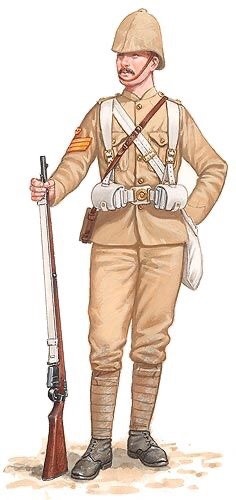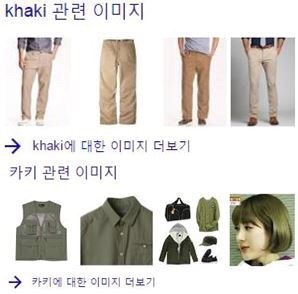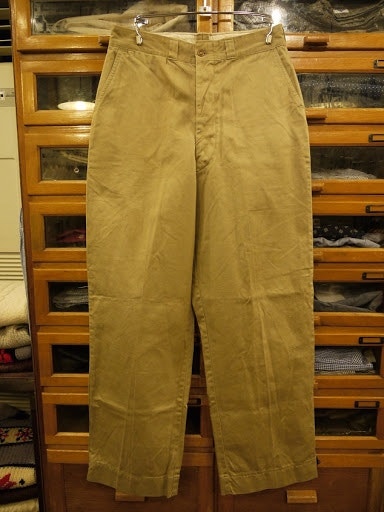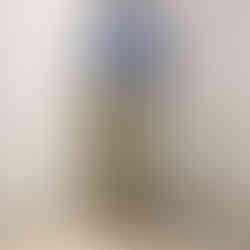Khaki Chino Pants: Polo Chino & Officer Chino
- Kwang min Choi
- Oct 16, 2024
- 4 min read

There are a few essential items I consider the foundation of my wardrobe. Well, to be honest, there are probably more than just a few, but if I had to pick, it would come down to 80s-90s Levi’s jeans, a perfectly worn-in vintage sweatshirt from the 80s, and lastly, khaki chino pants.
To understand how khaki trousers became "chinos" and why in Korea, the color khaki conjures up images of army green or olive hues, we need to dive deep into history. (Special thanks to Mr. Bit, the Barber Shop light manager, for his post on khaki history.)
Khaki, a word that originates from the Persian word khak, meaning "dust," refers to the dusty, light-brown color close to beige. In the early 19th century, when the British occupied India, soldiers’ uniforms were made from cotton fabric dyed in this yellow-brown shade to blend with the local terrain. The locals, referring to this dusty color, called it "khaki," and the term stuck.

After World War II, the uniforms of soldiers returning from the battlefield started to integrate into everyday life. Leftover military surplus was also abundant at the time, which is why we sometimes still come across deadstock pieces today. The quality of military uniforms back then was far too good to be limited to combat wear, and they became staple items, particularly for college students, who found them affordable and practical. Khaki chinos were one of these essential items.

Thus, "khaki" became known both as a color and as a term for military-style twill cotton pants. The term "chino" became popular in America during the Spanish-American War. Although the war was centered around control of Cuba, much of the actual fighting took place in the Philippines. After their victory, American troops occupied the Philippines, where locals who spoke Spanish referred to the soldiers' uniforms as "chinos" — a term meaning "Chinese" in Spanish. The reason for this? Many of the tailors who made the uniforms were Chinese, and the fabric itself was imported from China. When American soldiers returned home, they naturally continued using the word "chino."
In Korea, the association of "khaki" with olive-green military colors happened because the term entered the language not as a color, but as a reference to military trousers. At that time, the uniforms worn by the Korean military were olive green, and so the public came to think of khaki (military pants) as being olive in color. Interestingly, the term "national defense color" (국방색) is unique to Korea — you won’t find such a term elsewhere. Perhaps in English, it would translate to something like “National Defense Color.”

For Ivy League students, chinos were available at affordable prices, and you can just imagine a student trying on a jacket at a campus shop, wearing well-worn shoes with chinos.
In summary, "khaki" can refer to either a color or military trousers, while "chino" refers to cotton trousers in general. When you hear "khaki trousers" or "khaki chino pants," most people would probably ask, "Why are they called khaki?" But let’s just agree to call them that among ourselves, shall we?
Chinos generally come in two main styles: Pleated Pants with front pleats and Flat Front Pants with no pleats. U.S. military khaki trousers are typically the flat front type, while French military chinos often feature two forward pleats. Pleats are usually thought of as a European detail, not something inherently American, and this is reflected in the differences between the military uniforms.



Of course, the ultimate trousers are those handmade by artisans like Ambrosi Napoli or Bernard Zins. There’s nothing more delicate than a well-crafted pair of pants when it comes to menswear. However, within the world of chinos, one cannot overlook the "Polo Chino" by Polo Ralph Lauren. As seen in their 90s advertisements, the belted waist creates a fuller look around the pleats. While not as finely made as a pair of Ambrosi or Bernard Zins, Polo Chinos offer something they can’t — a laid-back coolness that remains stylish even when a little dirt or knee creases start to show. Whether paired with worn-out sneakers or dress shoes, they fit just about any occasion.Khaki Chino Pants: Polo Chino & Officer Chino

At the time, Polo Ralph Lauren was known for creating traditional, classic items but presenting them in a non-traditional way. Woody Allen comes to mind, doesn’t he? Fun fact: Ralph Lauren himself was responsible for the styling in Annie Hall, so that says it all.
Personally, I love wearing Polo Chinos. I typically size up by 1-2 inches in the waist for comfort. The original purpose of pleats is functionality — they allow extra room when sitting and prevent the trousers from changing shape when you put your hands in your pockets. This is why pleated chinos maintain a smooth silhouette, even when your hands or items are in your pockets. For those who live an active lifestyle or spend a lot of time sitting and standing, I highly recommend pleated chinos.
The Officer Chino, on the other hand, has no pleats but offers a generous rise and wide legs, providing comfort while still working well in dress-down situations. If pleats aren’t your thing, you can’t go wrong with Officer Chinos.
Chinos are considered a basic wardrobe staple, and they’re an easy go-to for everyday wear. I’ve gone a whole week alternating between Polo Chinos and Officer Chinos. They’re perfect for daily wear, especially when you occasionally give them a crisp, ironed crease.





























Comments